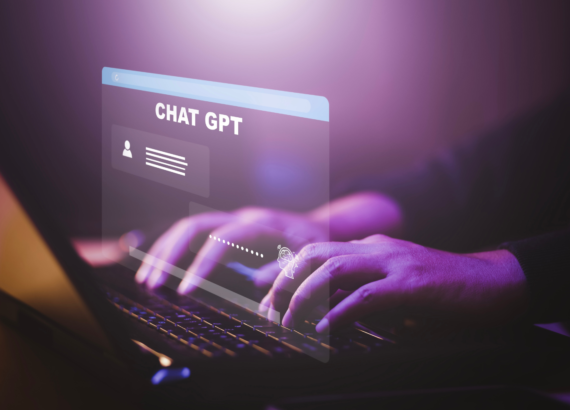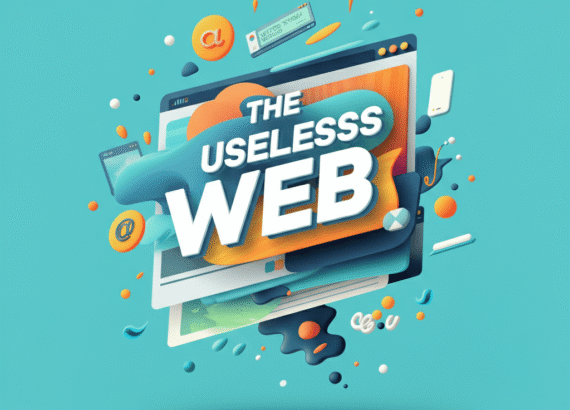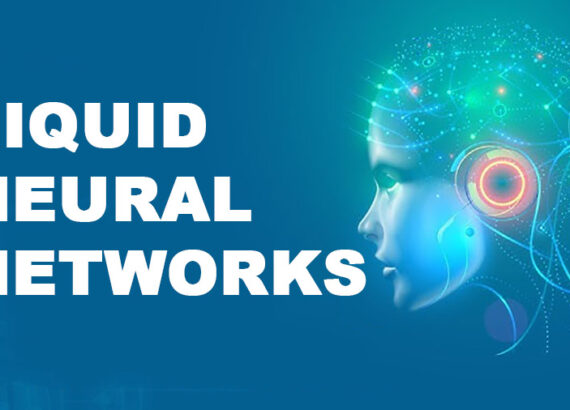How to Maximize ChatGPTs Potential: A Step-by-Step Guide for Users
ChatGPT, powered by OpenAI’s powerful language model, has revolutionized the way we interact with artificial intelligence. This guide aims to equip users with a step-by-step approach to maximizing the potential of ChatGPT. From understanding its capabilities and limitations to effectively utilizing conversation history, this comprehensive guide provides users with practical strategies and best practices to enhance their experience and achieve desired outcomes. Whether you are a newcomer or an experienced user, this article will help you navigate the intricacies of ChatGPT and unlock its full potential.
1. Introduction to ChatGPT
What is ChatGPT?
It’s designed to have interactive conversations with users, providing helpful responses and engaging in a wide range of topics. Think of it as your witty, virtual chat companion!
Applications and use cases
ChatGPT has numerous applications across different industries and fields. It can assist with drafting emails, writing code snippets, brainstorming ideas, creating conversational agents, and much more. Essentially, if you need someone (or something) to bounce ideas off, ChatGPT is your go-to conversational partner.
Benefits and potential challenges
The benefit of using ChatGPT is that it can be a valuable tool for boosting creativity, enhancing productivity, and getting unstuck when you’re facing a mental roadblock. However, like any AI tool, it’s important to be aware of potential limitations and challenges, such as generating inaccurate or biased responses. By understanding and managing these challenges, you can make the most out of your ChatGPT experience.
2. Understanding ChatGPT’s capabilities and limitations
How does ChatGPT generate responses?
ChatGPT generates responses by using a neural network that has been trained on a vast amount of text data from the internet. It learns patterns and semantics from this data to generate contextually relevant replies. However, it’s worth noting that ChatGPT may sometimes provide plausible yet incorrect or nonsensical answers, so it’s essential to verify the information it provides.
Known limitations and potential biases
ChatGPT has its limitations. It can be sensitive to slight changes in input phrasing and might produce inconsistent responses. Additionally, since it learns from the internet, it may have biases present in the training data. Being aware of these limitations helps in critically evaluating the responses and avoiding overreliance on potentially biased information.
Ethical considerations for responsible usage
Responsible usage of ChatGPT involves being mindful of the potential ethical implications. Instead, focus on using it as a tool to enhance your productivity, creativity, and learning. Utilize ChatGPT ethically and responsibly to maximize its benefits.

3. Preparing for effective use of ChatGPT
Familiarizing yourself with the user interface
Before diving into conversations with ChatGPT, take some time to familiarize yourself with the user interface. Understand the prompts, commands, and how to navigate through the system. This will help you make the most of your interactions.
Setting up appropriate user preferences and safety measures
To ensure a safe and tailored experience, set up your user preferences and safety measures. You can define the behaviour and style of ChatGPT to align with your needs and values. OpenAI provides guidelines on how to customize the model’s behaviour while maintaining ethical boundaries.
Exploring available resources and documentation
OpenAI provides extensive documentation and resources to help you navigate and make the most of ChatGPT. Explore tutorials, guides, and usage examples to deepen your understanding and discover new ways to leverage the power of this conversational AI tool.
4. Step 1: Setting clear goals and objectives
Defining your purpose and desired outcomes
Begin by defining your purpose and desired outcomes when using ChatGPT. Are you seeking creative ideas, assistance with problem-solving, or generating content? Understanding your goals will help you formulate effective prompts and guide your conversations.
Identifying specific tasks or problems to tackle
Identify specific tasks or problems you want to tackle with ChatGPT. Whether it’s writing a blog post, refining a business strategy, or troubleshooting code, having clear tasks in mind will enable you to communicate your needs more effectively and receive relevant insights.
Determining success criteria and metrics
To measure the effectiveness of using ChatGPT, determine success criteria and metrics. This could be the quality of generated ideas, the time saved in problem-solving, or the impact on your overall productivity. Having measurable criteria will help you evaluate and improve your experience over time. Understanding the limitations and ethical considerations
5. Step 2: Crafting well-structured prompts and questions
Writing clear and concise prompts
When interacting with ChatGPT, it’s important to provide clear and focused prompts that guide the AI and help it understand what you’re looking for. Instead of vague or convoluted instructions, opt for straightforward language that leaves no room for misinterpretation. Remember, ChatGPT is pretty smart, but it’s no mind reader!
Using specific instructions and guidelines
To get the most out of ChatGPT, consider providing specific instructions and guidelines. For instance, if you want a creative story set in a futuristic world, mention the key elements you’d like to see, like advanced technology, flying cars, or even quirky robots. By giving these details, you’re helping the model generate more tailored and satisfying responses.
Framing questions to elicit desired responses
Asking the right questions can make a world of difference when interacting with ChatGPT. Instead of leaving room for ambiguity, try framing your questions in a way that encourages the AI to provide the specific information you’re seeking. If you’re wondering about the potential effects of climate change, consider asking questions like, “How will rising temperatures impact agriculture?” or “What are the long-term consequences of sea-level rise?”
6. Step 3: Iterative refinement and feedback loop
Analyzing and evaluating generated responses
While ChatGPT is a helpful tool, it’s not always perfect. It’s important to critically analyze and evaluate the responses it generates. Look out for inaccuracies, biases, or any other issues that may arise. By being vigilant, you can spot areas for improvement and work towards more reliable outputs.
Providing feedback to improve model performance
OpenAI encourages users to provide feedback on problematic outputs they encounter. By sharing your experiences and concerns, you play an active role in improving the model’s performance. Your feedback helps OpenAI understand the limitations and potential biases of ChatGPT, contributing to ongoing refinement efforts.
Iteratively refining prompts based on learning experience
As you gain more experience interacting with ChatGPT, you’ll likely discover patterns that yield better responses. Learn from these experiences and apply them in your future prompts. Iterative refinement allows you to fine-tune your inquiries and extract more valuable insights from the model.
7. Step 4: Utilizing conversation history effectively
Leveraging context and referencing previous interactions
One advantage of ChatGPT is its ability to retain context from previous messages and conversations, making it feel more like a meaningful interaction. Take advantage of this feature by referencing earlier parts of the conversation to maintain coherence and build upon previous discussions.
Managing and organizing conversation history
While conversation history is a valuable resource, it can also become overwhelming. To keep things organized, try summarizing important points or taking notes as you go along. This way, you won’t get lost in the vast sea of text and can easily refer back to key information when needed.
Using conversation history for personalized interactions
ChatGPT’s ability to retain conversation history allows for personalized interactions. Utilize this advantage by tailoring your prompts based on past interactions. Referencing specific details from previous discussions can enhance the relevance and depth of your conversations.
8. Future considerations
Recap of key steps and best practices
To maximize ChatGPT’s potential, remember the importance of crafting clear and concise prompts, providing specific instructions, and framing questions effectively. Embrace the iterative process of refinement and feedback, analyzing and evaluating responses while continuing to improve your prompts. Additionally, leverage the power of conversation history by referencing previous interactions and organizing it for easy access.
Understanding the limitations and ethical considerations
It may provide plausible-sounding but incorrect or biased information. Exercise critical thinking and approach the generated content with caution. OpenAI is committed to addressing these challenges, but users need to remain conscious of the ethical implications and potential risks associated with AI language models. By being responsible users, we can collectively shape a better AI-powered future.
9. Conclusion
In conclusion, this step-by-step guide has provided users with valuable insights and strategies to maximize the potential of ChatGPT. By understanding its capabilities and limitations, setting clear goals, crafting well-structured prompts, utilizing conversation history effectively, and iterating through a feedback loop, users can enhance their interactions and achieve more accurate and desirable outcomes.
As ChatGPT continues to evolve and improve, it is important to stay updated on the latest advancements and ethical considerations. By following the best practices outlined in this guide, users can harness the true power of ChatGPT and pave the way for exciting possibilities in artificial intelligence-driven conversations.
Thank you for reading 🙂
If you want to build your website at an affordable price contact: www.nextr.in
Read this: How To Become A Web Developer?


















